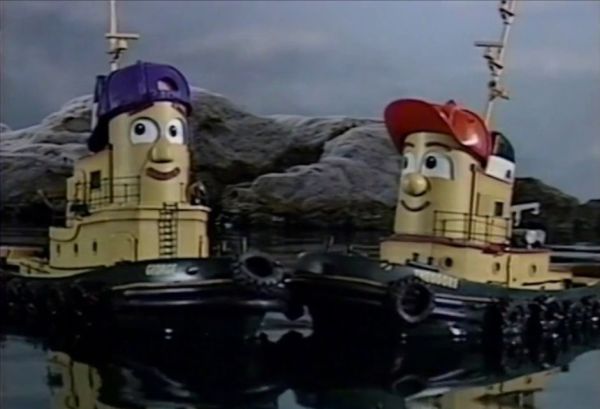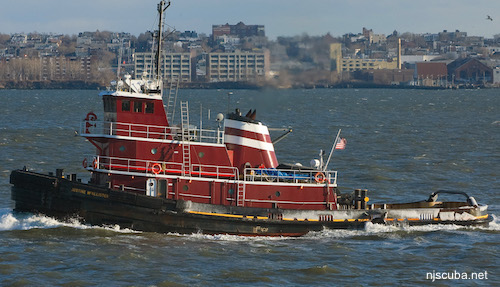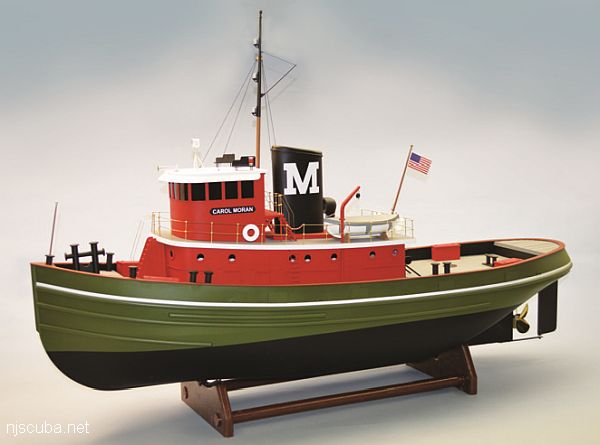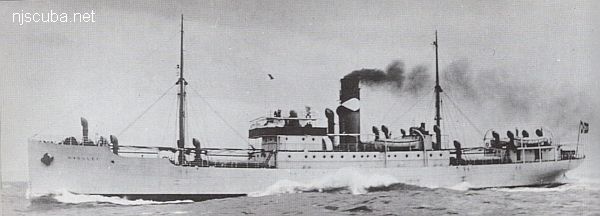Tugboat (1/4)
A tugboat is a small sturdy and powerful vessel designed to push or tow other vessels and barges
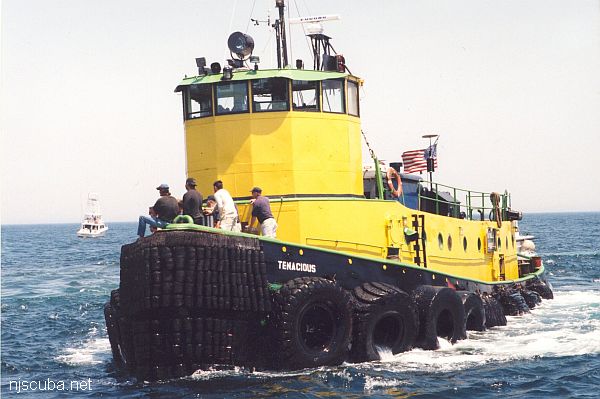
You will see them in every sizable port; smart, businesslike small ships, low in the water and surging out to a large inbound ship. Tugs represent power for pushing and pulling, an engine with just enough hull for adequate buoyancy. Thick fenders for close-quarters work, pushing a big ship alongside the quay against the wind, hauling her off at the end of a towing wire.
Tugs might be thought of as essential port services, enabling big unwieldy ships to be handled into small spaces, hauling very large vessels through locks and protecting them against the unexpected wind or tide that could sweep them out of a channel, or bang them against a quay or another ship. Tug skippers are fine ship handlers, who can work with pilots and operate as a team to handle big ships safely. They escort tankers in and out of oil ports, ready to act as an emergency brake and rudder if there is trouble with the tanker's engines or steering gear. They push and pull barges, floating cranes, or other "dumb" non-propelled craft, applying their considerable muscle to wherever it is needed.
Other, seagoing tugs are more powerful still; able to accomplish long ocean tows, taking a floating dock or a drill rig to a new location, or hauling a redundant ship on her last voyage to the breakers. Power will be their priority, with the biggest having up to 22,000 hp available. And there are salvage tugs which are equipped with a whole range of emergency equipment, such as fire monitors, powerful pumps, and air compressors, in addition to their high horsepower.
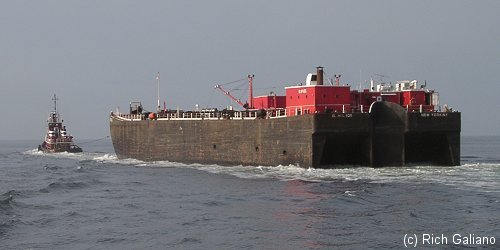
Power and maneuverability are the twin assets brought by the tug, and the modern harbor tug is a spectacular fusion of them both. With either directional propellers or Voith Schneider vanes coupled to (usually) twin medium-speed diesels, a tug is able to turn in its own length and often is able to apply the same power in virtually any direction. A crew of no more than three will probably man a modern highly automated harbor tug, with the skipper in his conning bridge, where he has an all-round view and joystick controls to handle engines and steering, along with all the communications he needs to speak with the pilot of a ship he is assisting, other tugs and the harbor control station. There will be two other hands, one doubling as Mate and one as Engineer, available to take and let go of the towing wire.
Not every ship, however, needs harbor tugs. Even large ships these days are equipped with powerful bow thrusters and many vessels which might have taken two or more tugs to help them on and off the berth, will take only one at the stern. Some ships may elect to take tug assistance only when the weather is foul. Giant cruise ships might be thought to represent good customers for harbor tugs, but the most modern vessels tend to be equipped with both bow and stern lateral thrusters to help them in and out of ports where there may be no tugs available and mostly do without. Some ships are equipped with their propulsion system in rotatable "pods" so that they are effectively multi-directional. Thus the complement of tugs stationed in ports tends to be declining and tug companies have tried to design a more multi-role and flexible vessel, which will be capable of providing emergency services, or undertaking coastal towage.
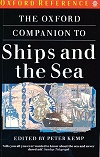
TUG - a relatively small and heavily built vessel of considerable engine power used for the towage of ships at sea or to assist in maneuvering them in confined spaces, particularly when berthing or unberthing. They were known originally by the generic name of tug-boat, but the suffix was dropped very early on and the single word tug was in use at least by 1817, very shortly after the genesis of the type which, of course, did not appear until the application of steam power to maritime propulsion. The first steam vessels in the Royal Navy, the Comet and Monkey, purchased in 1822, were tugs used for towing the ships of the line out of harbor when the wind was unfavorable.
Tugs generally can be divided into two groups, harbor or short-haul tugs, and ocean-going or long-haul tugs. Harbor tugs are usually fitted with a single screw or paddle-wheels, but are twin-screwed if needed for work beyond a harbor, developing up to 2,500 horsepower, with a tonnage up to about 250. Ocean-going tugs are much larger, being built up to 2,000 tons displacement with a horsepower of over 15,000. They are of specially long endurance and used either for ocean salvage of ships disabled at sea and requiring a tow to a dockyard for repair, or for the towing of ships, floating docks, etc., to far distant destinations.
A feature of the design of all tugs is the very pronounced overhang of the * counter. This is required to ensure that the towing hawser, if it parts or falls slack into the water, cannot foul the tug's propellers.
- Panther
- Patrice McAllister
- Patrick McHugh
- Relentless
- Reliable
- Rockland County
- Ronde Joyce II
- Sandy Point
- Spartan
- Steven McAllister
- Tamaroa WMEC-166
- TD-21 DPC-21
- Tender 6
- Tenders 7 & 8
- Thames
- Thomas Hebert
- Tibor
- Tobacco Pointe
- Troy
- USS Cherokee
- Vinik Huntress
- Wagner's Point
- William C Snow
- William R Farrell

